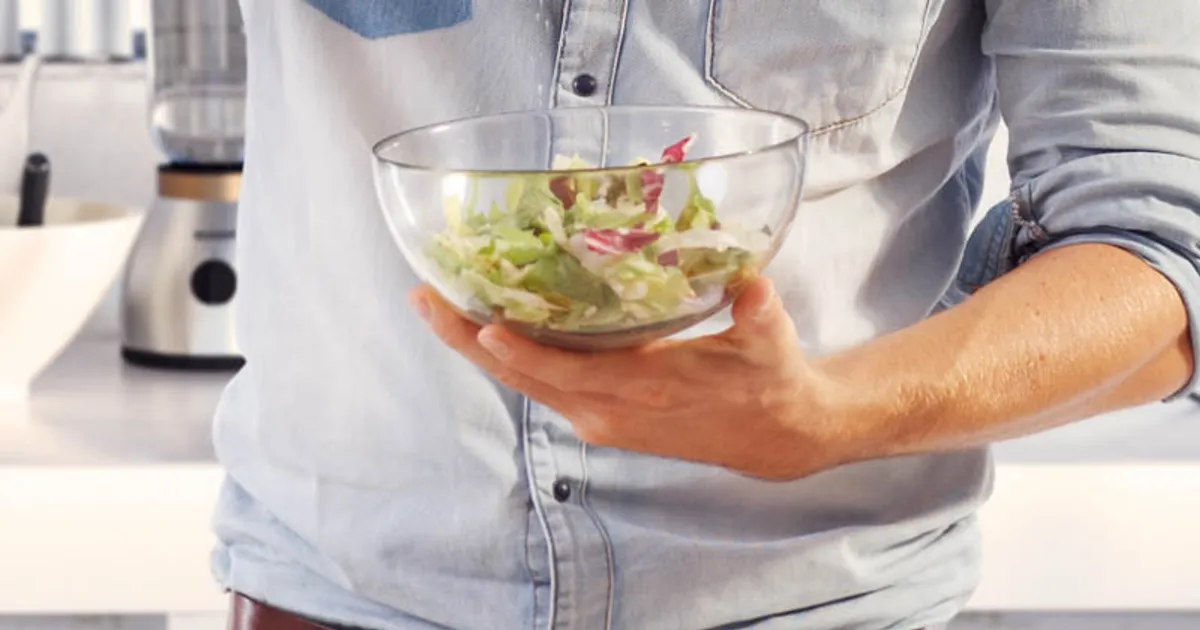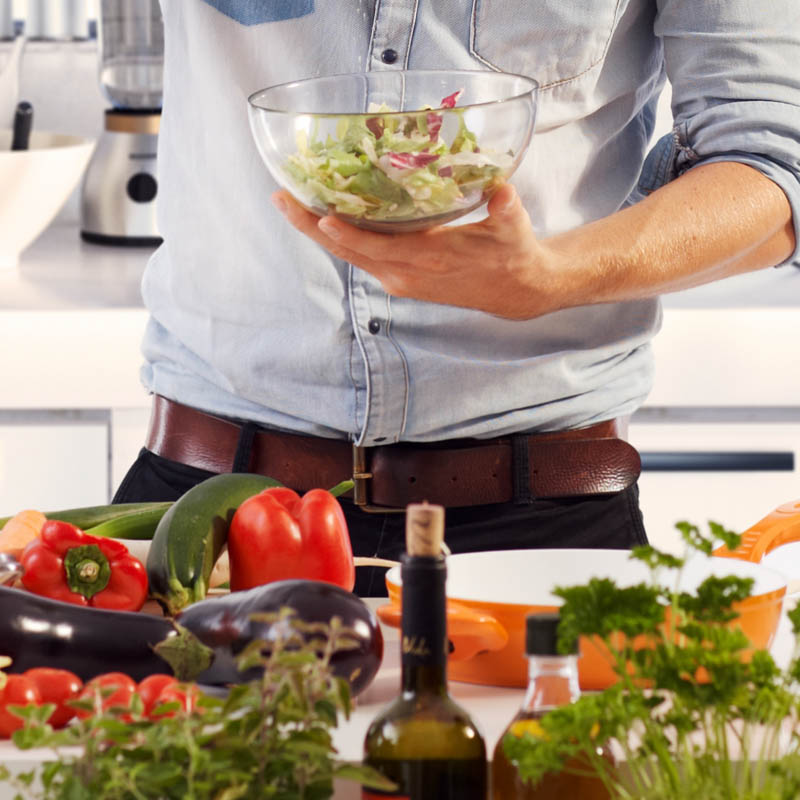It’s hard to know where to begin when you’re initially diagnosed with diabetes. There is a lot to learn about this disease, and you’re often told right off the bat that you need to change your eating habits. To some people, the changes that need to be made might seem drastic, but creating a diabetes meal plan shouldn’t be too difficult.
Once you know the basic rules about how to take care of yourself when you have diabetes, you can learn how to implement these dietary rules on a daily basis and come up with meals and snacks that will leave you satisfied and keep you healthy at the same time.
The Basic Diabetes Meal Plan
A diabetes meal plan is meant to control your eating habits so that you get your daily dose of carbohydrates, fats and proteins. The main thing that diabetics need to keep track of is their blood glucose levels. Foods that can potentially raise these levels to dangerous heights are those with lots of sugars in them. But carb-loaded foods like bread and pasta need to be kept in check as well. That’s because carbohydrates turn into glucose once they get inside the body. The following rules will help you create a diet that’s right for you.
1. Know Basic Healthy Eating
You can start your meal plan by engaging in basic healthy eating habits. For most diabetics, three meals a day and one or two snacks in between meals is the way to go. Spacing out your eating will keep you from feeling hungry and deprived throughout the day.
You will also want to choose a variety of foods for each meal. In other words, avoid eating a meal that is made up of all one food group. You would want to avoid a huge plate of pasta for example. Instead, you might choose to eat a small portion of pasta alongside a grilled piece of chicken and some steamed broccoli.
2. Stick With Portion Control
It can be easy to get carried away with portions when you’re eating foods that taste good to you. But portion control gets most out of hand when you allow yourself to get ravishingly hungry. That’s why eating spaced out meals will help tremendously. To keep hunger at bay, you should also try to consume more foods that leave you feeling full. Protein is great at this, so make sure you have protein on your plate at every meal.
When it comes to portions, try keeping a photo on your fridge of average portion sizes. For example, you shouldn’t be having pieces of meat that are larger than your hand at a meal, and you should keep pasta and rices to portions about as big as a deck of cards.
3. Keep a List of Off-Limits Foods
Finally, there are foods that you should altogether avoid when possible. If you are diabetic, you need to be wary of sugars and carbs. That means that you should seriously limit your intake of candies, cakes, jams, jellies, ice cream, shakes, soft drinks, rolls, donuts and sweet breads.
 Shutterstock.com
Shutterstock.com